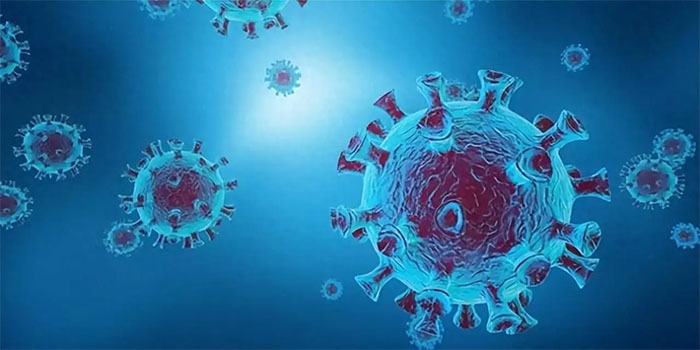- Login
- Cart{{shopingCartNum}}
- English
Adenovirus, as a common respiratory and gastrointestinal pathogen, spreads quickly, is highly infectious, and poses a certain threat to public health. In order to effectively prevent adenovirus infection and protect the health of oneself and one's family, the following is a comprehensive prevention strategy that will help you grasp the key points in 3 minutes.

Adenovirus is a non-enveloped double-stranded DNA virus that can cause various diseases, including respiratory infections, conjunctivitis, gastroenteritis, and more. It mainly spreads through droplets, fecal-oral transmission, and direct contact. After being infected with adenovirus, patients may experience symptoms such as fever, chills, and headaches. In severe cases, it may lead to complications like pneumonia and gastroenteritis. Although adenovirus is self-limiting, if not treated promptly, the condition may worsen.
Frequent handwashing is a fundamental measure to prevent adenovirus infection. Use soap and water regularly, especially after coming into contact with items in public places such as doorknobs, elevator buttons, etc. Additionally, avoid touching your face, nose, and eyes with your hands to prevent viral transmission through hand contact.
Regularly open windows for ventilation to maintain indoor air circulation, which helps reduce the concentration of viruses in the air and lowers the risk of infection. In enclosed environments like offices and classrooms, ensure adequate ventilation facilities.
During periods of high prevalence, try to avoid crowded public places to reduce the chances of coming into contact with the virus. Also, refrain from contact with individuals or items already infected with adenovirus, maintain an appropriate distance from patients, and avoid sharing cups, utensils, etc.

In crowded areas, wearing surgical masks or N95 masks can effectively reduce the risk of close contact with respiratory secretions. The selection and use of masks should comply with standards to ensure protective effectiveness.
Maintain a healthy lifestyle, including regular sleep patterns, balanced diet, and moderate exercise, to enhance the body's immune system and resistance. Consuming fresh fruits and vegetables, as well as supplementing with vitamins and minerals, contributes to strengthening the body's defense capabilities.
Regularly disinfect commonly used items at home, such as mobile phones, remote controls, keyboards, etc. These items are prone to viral contamination, and regular disinfection can reduce the risk of cross-infection.
Adenovirus infection is not a severe illness and does not need to cause excessive worry. Maintaining a positive attitude can aid in the body's recovery. At the same time, actively taking preventive measures can lower the risk of infection.
The outbreak of adenovirus presents a challenge to public health, but through scientific preventive measures, we can effectively reduce the risk of infection. From frequent handwashing, maintaining indoor air circulation, avoiding contact with sources of infection, to boosting immunity, we can work together to defend against adenovirus invasion. Let's join hands and strive to protect the health of ourselves and our families!